OpenAI’s latest AI update has sparked a creative frenzy, but it also raises important questions about copyright and the future of art.
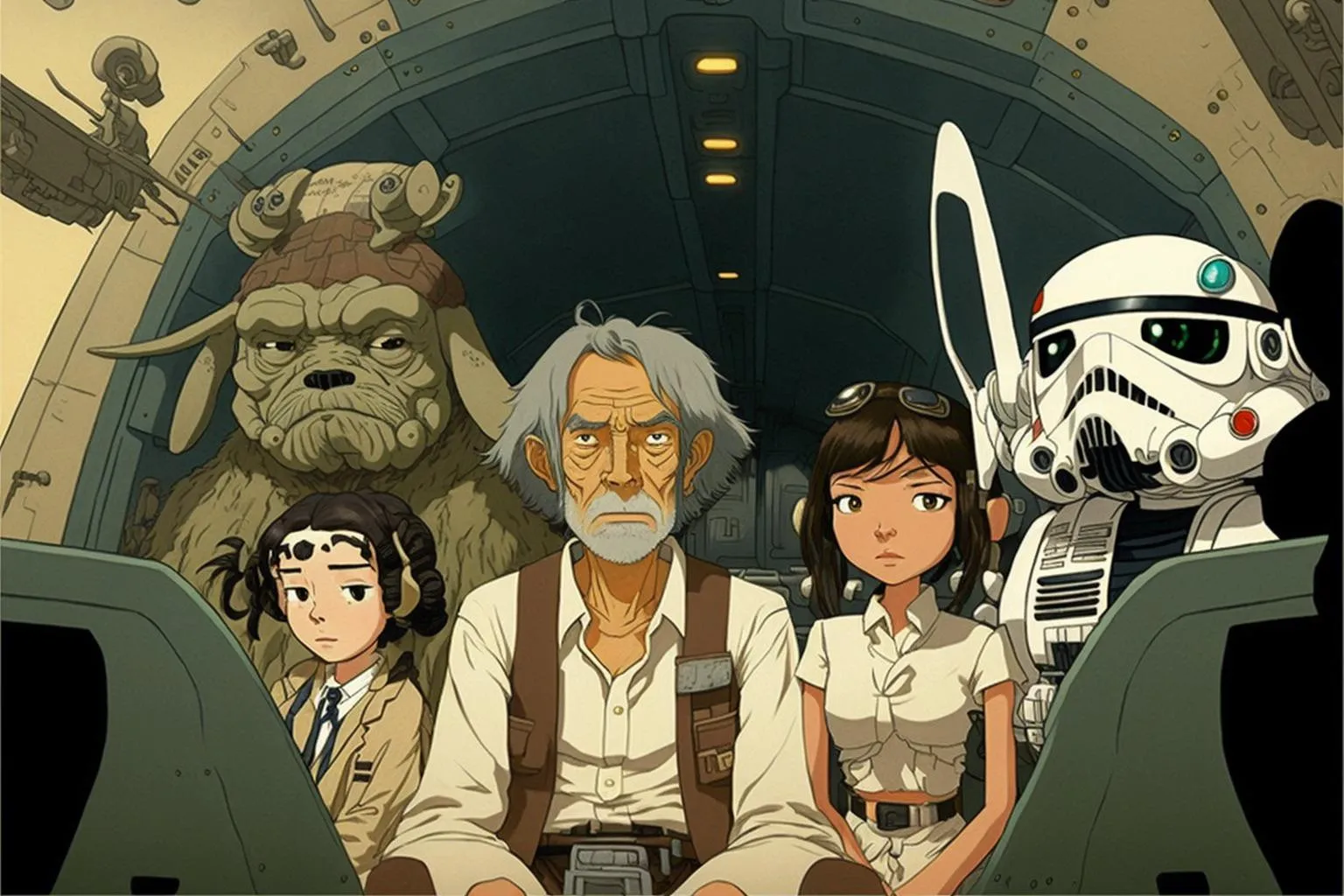
A Viral Phenomenon: The Studio Ghibli AI Trend
In a striking demonstration of AI’s growing capabilities, the latest update to OpenAI’s GPT-4o has turned heads in both the tech and creative worlds. Just days after its release, a new trend has taken over social media platforms like X and Instagram, showcasing AI-generated images mimicking the iconic animation style of Japan’s beloved Studio Ghibli. What started as an innocent experiment has become a viral sensation, highlighting both the power of the technology and the growing concerns over its implications in the realm of copyright.
OpenAI’s newest release offers more than just improvements to text generation; it has expanded its image creation capabilities, enabling users to generate highly detailed still images and videos across a variety of artistic styles. The technology can now emulate everything from the whimsical worlds of Studio Ghibli to the quirky characters of “South Park” and the texture-rich worlds of classic claymation.
But it was the Studio Ghibli-style illustrations that took the internet by storm, sparking a trend where AI users attempted to recreate their favorite memes and pop culture moments in the studio’s signature animation style. From viral memes like the “distracted boyfriend” and the “bro explaining” meme to celebrity moments like Ben Affleck smoking, the flood of Ghibli-style reimaginings is overwhelming social media feeds.
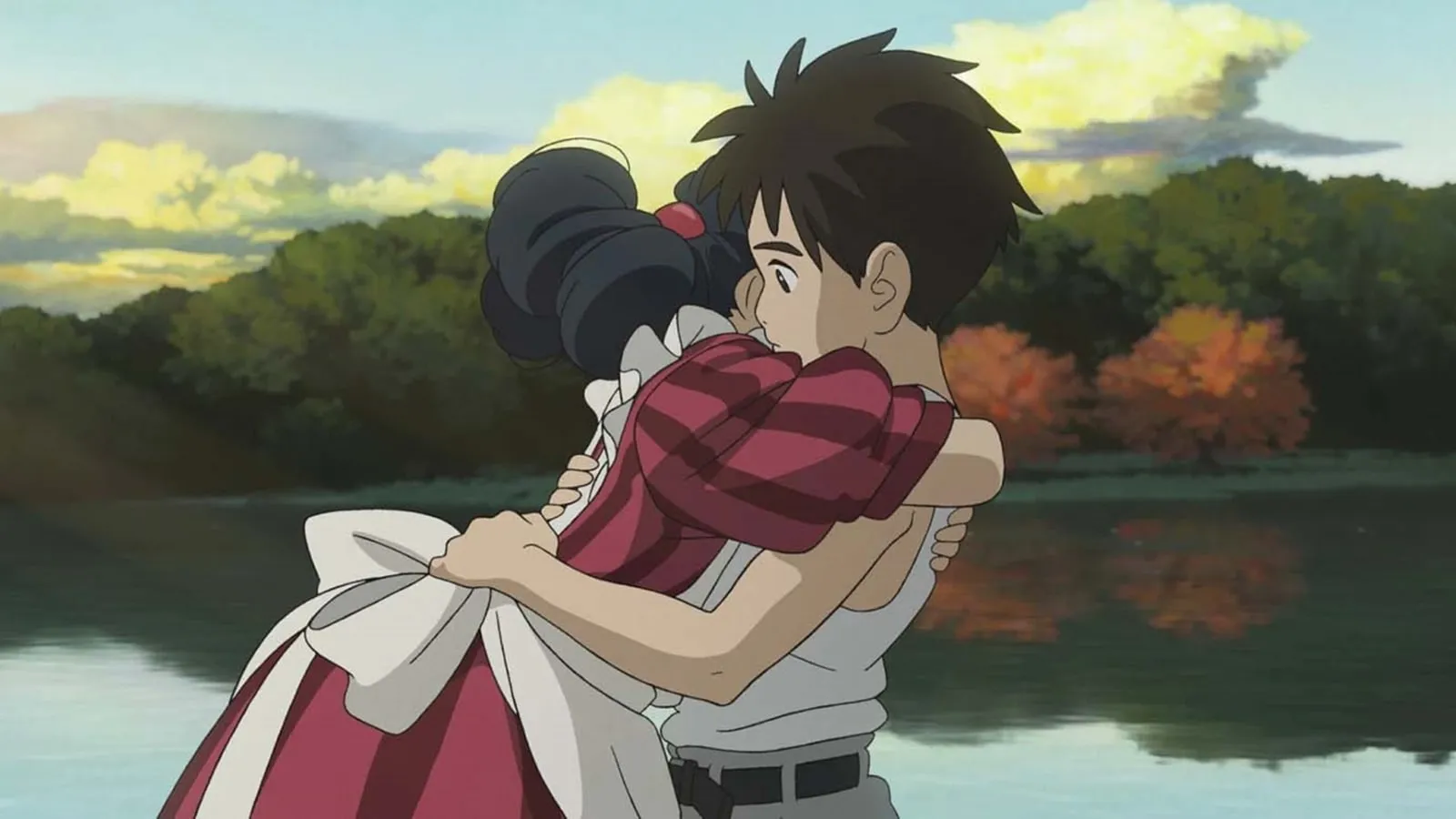
Meme Magic Meets Ghibli Charm
One of the most striking examples of this trend is the “bro explaining” meme, transformed into a beautifully rendered Studio Ghibli-style image by X user @PJaccetturo. The illustration quickly went viral, with numerous others following suit by adapting memes, politics, and pop culture scenes into Ghibli-esque versions.
Even historical and fictional scenes have gotten the Ghibli treatment. For instance, a reworked trailer for “The Lord of the Rings: The Fellowship of the Ring” and a depiction of Donald Trump and JD Vance’s tense White House exchange with Ukrainian President Volodymyr Zelensky are just a few of the creative Ghibli-style works that have taken the internet by storm. AI-generated images of Elon Musk, captured balancing spoons during a dinner with Donald Trump, have also made their rounds, further fueling the meme magic.
This surge of AI-generated art has sparked mixed reactions, with some users reveling in the creativity and novelty, while others raise concerns over its ethical implications.
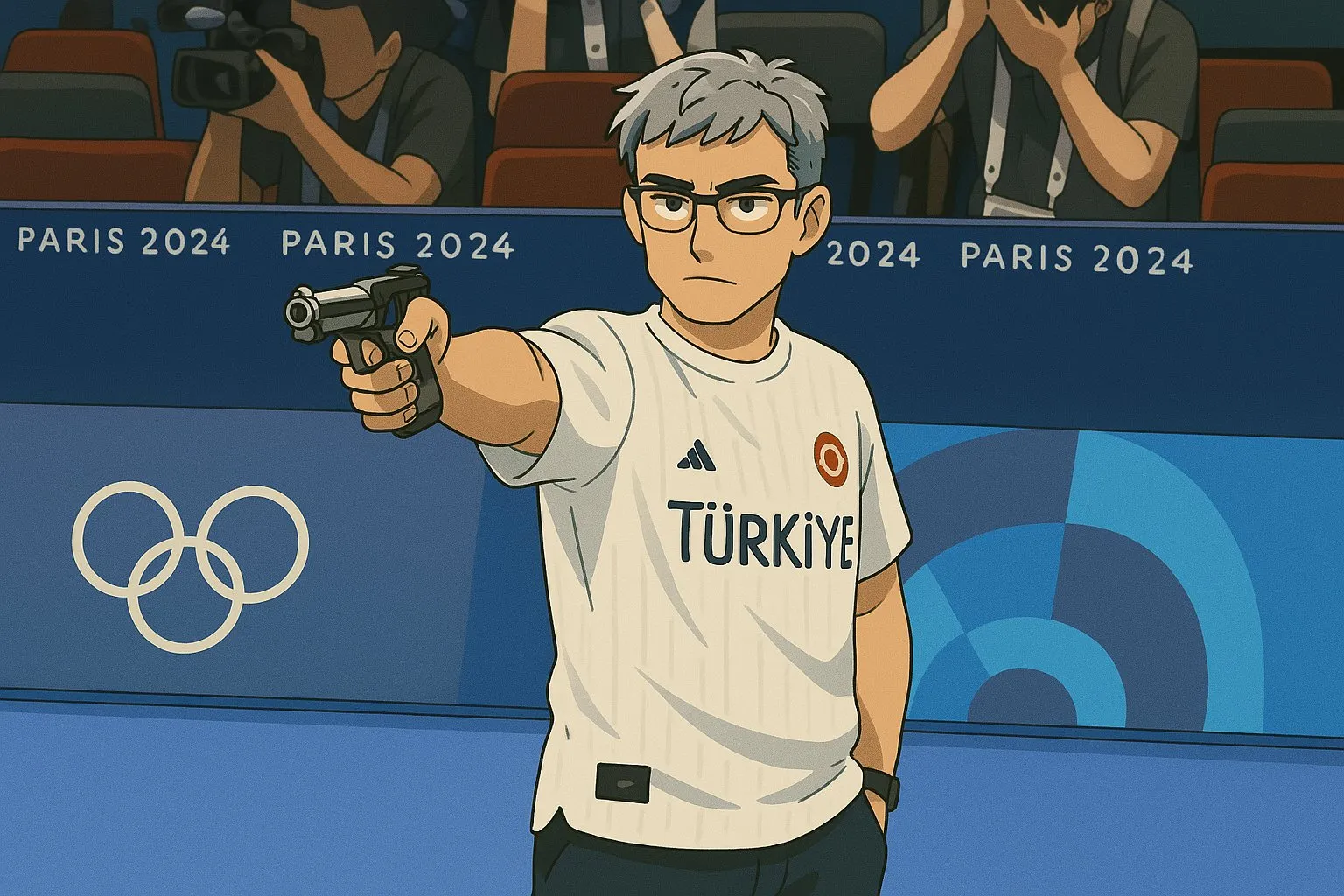
Hayao Miyazaki’s Enduring Stance on AI Art
Amid the wave of AI-generated Ghibli-inspired images, the voice of Studio Ghibli co-founder Hayao Miyazaki remains a powerful force in the conversation about artificial intelligence and art. Known for his hand-drawn animation style and meticulous frame-by-frame work, Miyazaki has long been a critic of AI-generated art. In a 2016 video, the legendary filmmaker expressed his disdain for the technology, calling it an “insult to life itself.”
“I am utterly disgusted,” he said in the video, responding to a monster character generated through AI. “If you really want to make creepy stuff, you can go ahead and do it, but I would never wish to incorporate this technology into my work at all.”
Miyazaki’s comments have resurfaced in the wake of this viral trend, bringing the debate over AI-generated art to the forefront once again. While some may view the AI’s ability to emulate such a beloved style as a technological breakthrough, others, like Miyazaki, see it as a threat to the integrity and soul of traditional artistry.
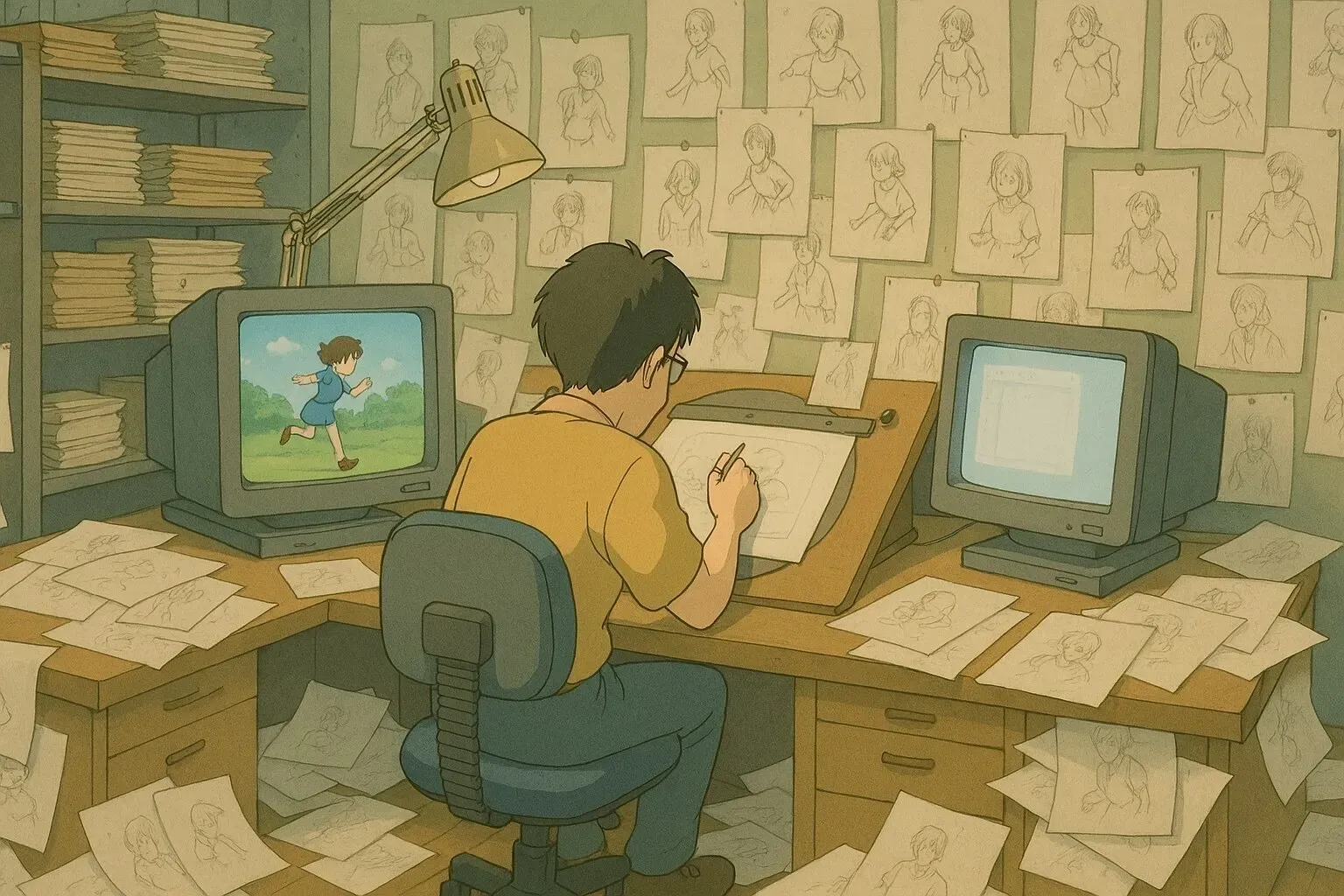
AI Art and Copyright Concerns: The Bigger Picture
Beyond the stylistic emulation of Studio Ghibli, the rise of AI-generated artwork raises significant questions about copyright and intellectual property. The debate has been simmering for months, with artists and critics arguing that AI tools like OpenAI’s image generator are trained on vast datasets that include copyrighted materials. Many fear that these technologies are exploiting human creativity without offering fair compensation or credit.
Just weeks ago, nearly 4,000 people signed an open letter urging Christie’s auction house to cancel an auction dedicated to AI-generated art. The open letter pointed out that AI-generated pieces are often created by algorithms trained on existing works, many of which are copyrighted. This has led to accusations that the technology is infringing on the rights of human artists, who may not have consented to their work being used in such ways.
In this context, the viral Studio Ghibli-style images are more than just a fun internet trend—they serve as a flashpoint for broader discussions about the role of AI in art, copyright, and the future of creative industries.
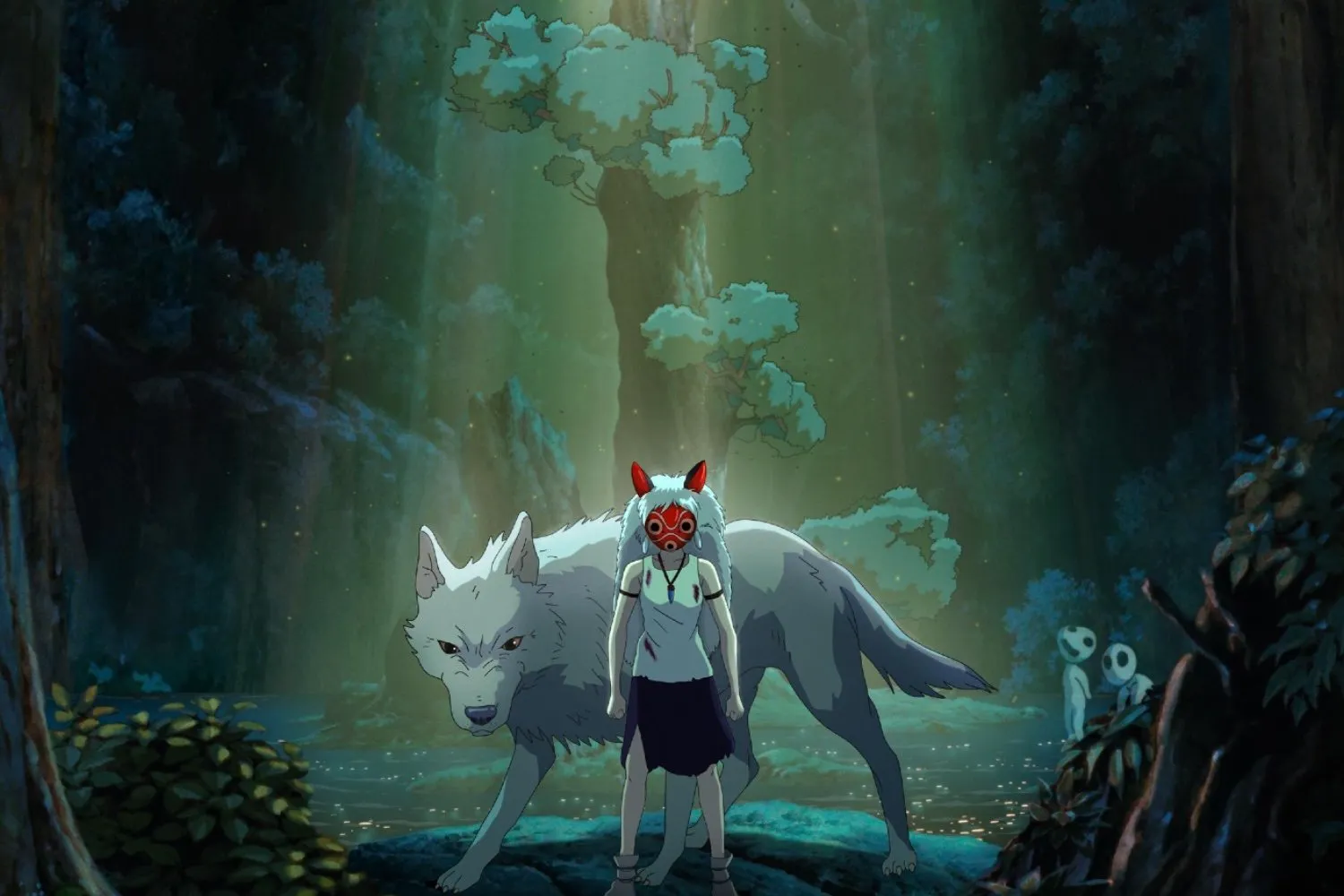
Sam Altman: A Lighthearted Perspective on the Trend
Even as the debate rages on, OpenAI CEO Sam Altman has taken a more lighthearted approach to the viral Ghibli-style trend. On X, he shared his thoughts with a touch of humor, acknowledging the surprising popularity of the trend. “Mostly no one cares for the first 7.5 years, then for 2.5 years everyone hates you for everything,” he joked. “Wake up one day to hundreds of messages: ‘Look I made you into a twink Ghibli style haha.’”
Altman’s playful remark sheds light on the unpredictable nature of viral trends and the attention AI-generated art has garnered, despite the technology’s primary purpose of advancing artificial intelligence for more serious applications, such as medical research or complex problem-solving.
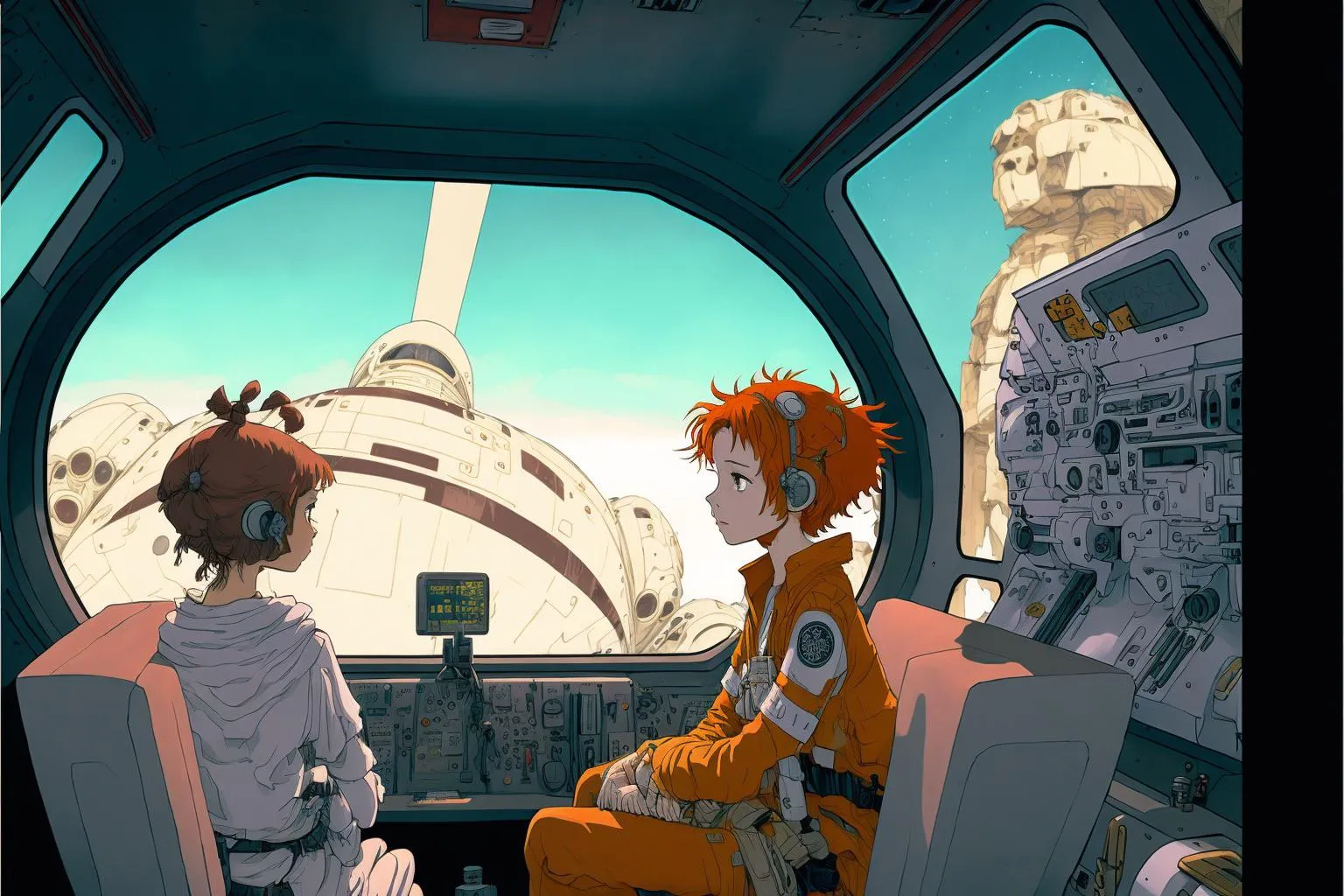
OpenAI’s updated image generator has undeniably captured the public’s imagination, showcasing the immense power and potential of AI in the creative space. The viral trend of Ghibli-style memes, while entertaining, has also ignited an ongoing conversation about the ethical implications of AI in art. As AI continues to evolve, the debate over copyright and the role of human creativity in the digital age will only intensify.
Whether seen as a breakthrough in creative technology or a threat to artistic integrity, one thing is clear: AI-generated art is here to stay—and its impact will continue to shape the future of both art and technology.








